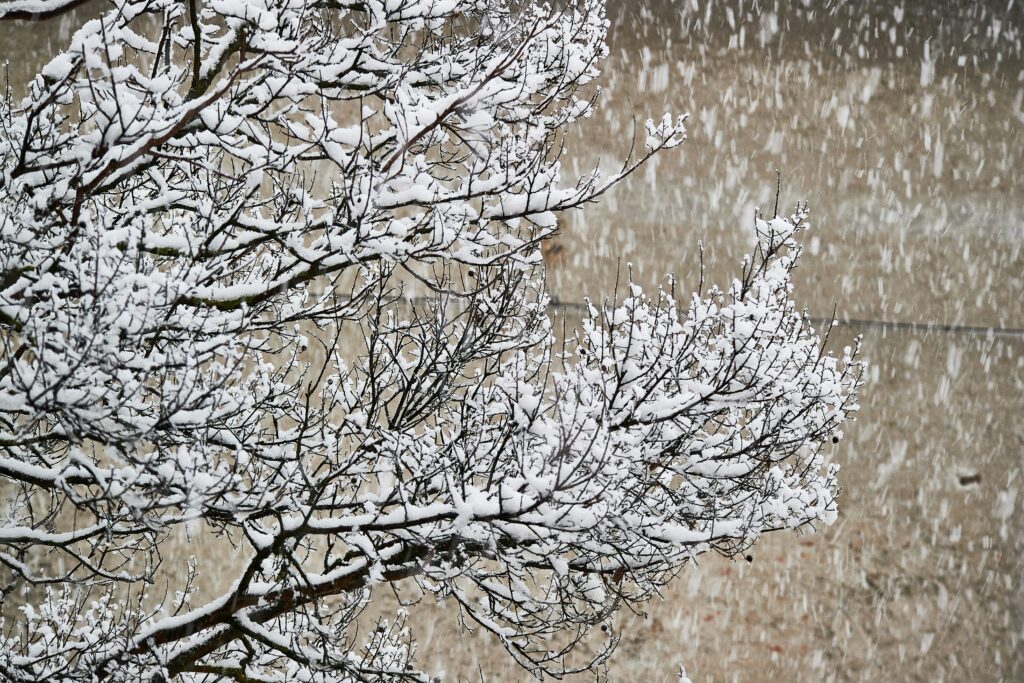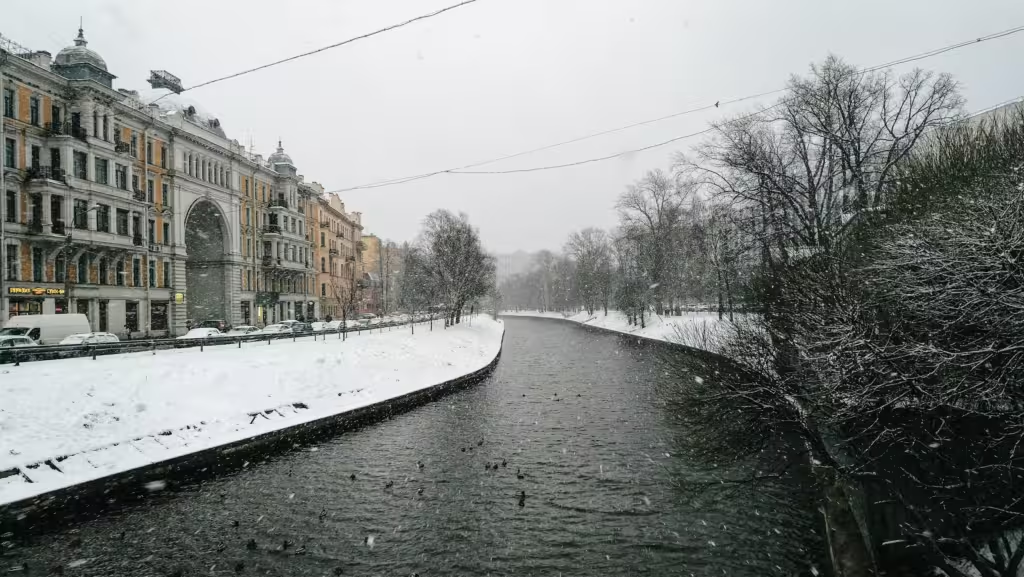Ah Banff, the quintessential Canadian holiday spot, which in days of yore could be counted on for picture perfect winter vistas and glassy frozen lakes, before the ravages of global warming wrecked everything. Or did it? You be the judge. Here are the daily average temperatures from two weather stations close by each other in Banff AB, one from the year 1919 and one from 2019. A CDN reader asked us to differentiate them not just by colour but by solid versus dashed to help those who are colour blind. So here they are, one gray (solid) and one black (dashed). Which one is last year and which one was a hundred years ago?

Here's the answer:

1919 is the solid gray line, 2019 is the dashed black one. How did you do? When you took your guess, was it anything other than a guess? Probably not, because the two lines don't look very different.
See Comments 
1919 or 2019? Banff Edition
25 Mar 2020 | 1919 or 2019, Science Notes



The one which has less extremes will be the latest one....
I guessed wrong. My guess was based on the gap in data in the dashed line around day 150. My assumption was that the gap was more likely in 1919 than 2019. Overall, loved this edition!
I love this series!
For most purposes the graphs are (essentially) equivalent. I picked the wrong one as well due to thinking the interrupted data would be from 1919. There is now so much irrefutable evidence showing climate change has zero to do with human activity, and it is now very clear all the “science” in support thereof is political positioning to convince tax paying citizens to pay even more taxes to support the continued (socialist-left wing) debt countries are accumulating; and at the same time attempting to make them feel like they’re doing a service to the world. Unfortunate to see the level of gull ability world populations possess.
A few ( 40) years ago I modelled a Sine wave to daily average temps ( Ontario) to calculate degree days heating and it worked pretty accurately... ie used Jan min and July max two points.
Here it could also be done .. both plots close enough !!!!
All that extra CO2 is obviously irrelevant in 2019.